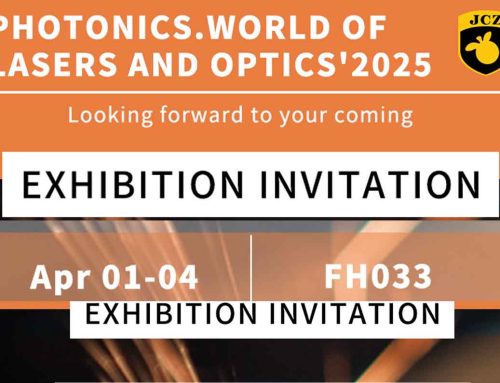Laser marking and etching technologies have revolutionized how materials are processed across various industries. With capabilities ranging from portable solutions to high-precision marking systems, lasers offer unparalleled versatility and efficiency. This article will explore the different types of laser marking applications, including UV laser etching, fiber marking, and more.
Understanding Laser Marking and Etching
Laser marking involves using a focused laser beam to create permanent markings on a material’s surface. This process can engrave, etch, or mark a variety of materials, including metals, plastics, glass, and ceramics.
Laser etching, particularly UV laser etching, is a specialized form that utilizes ultraviolet light to produce high-quality, intricate designs. This method is particularly effective for marking sensitive materials without causing heat damage.

Applications of Laser Marking Technologies
1. UV Laser Etching
UV laser etching employs ultraviolet light to achieve high precision in marking. This technique is ideal for materials that are sensitive to heat, such as certain plastics and glass. UV lasers can create intricate designs and markings with minimal thermal impact, preserving the integrity of the material. Applications include medical devices, electronics, and high-end consumer products.
2. Portable Laser Marking Machines
Portable laser marking machines offer flexibility and convenience for on-the-go marking. These devices are lightweight and designed for easy transport, making them suitable for various applications, including:
- Field Work: Marking parts and components in warehouses or remote locations.
- Customization: Personalizing items directly at events or retail locations.
3. Color Laser Etching
Color laser etching allows for the creation of multi-colored designs on various materials. This process is often achieved by using specialized laser parameters to achieve different depths and textures, producing vibrant colors. It’s widely used in creating decorative items, awards, and promotional products.
4. Laser Marking Machines for Glass
Laser marking machines for glass utilize high-precision lasers to engrave or mark designs directly onto glass surfaces. This method is frequently employed in the production of decorative glassware, awards, and architectural features. The non-contact nature of laser marking ensures that the glass remains unscathed during the marking process.
5. Laser Marking Rotary Systems
Laser marking rotary systems are designed for marking cylindrical objects, such as bottles and pipes. These systems can rotate the item while the laser marks it, ensuring a uniform and consistent mark around the entire surface. This technology is essential for industries like beverage packaging and automotive parts.
6. Mini Laser Engraving Machines for Metal
Mini laser engraving machines for metal provide a compact solution for engraving designs on metal surfaces. These machines are perfect for small-scale projects or intricate details that require high precision. They are commonly used for jewelry, small parts, and custom tools.
7. Fiber Marking Lasers
Fiber marking lasers are renowned for their efficiency and precision in marking metals, including stainless steel. They offer high-speed marking capabilities and can produce fine details, making them ideal for industrial applications. Fiber lasers are widely used for:
- PCB Laser Marking: Ensuring clear identification and traceability in electronic components.
- Stainless Steel Marking: Creating durable marks that withstand harsh environments.
Conclusion
Laser marking and etching technologies provide numerous advantages across various industries, from portability and precision to the ability to work with a wide range of materials. Whether using UV laser etching for sensitive applications or fiber marking lasers for industrial purposes, the versatility of these technologies continues to drive innovation and efficiency in manufacturing and customization processes.
由用户投稿整理稿件发布,不代表本站观点及观点,进行交流学习之用,如涉及版权等问题,请随时联系我们(yangmei@bjjcz.com),我们将在第一时间给予处理。






